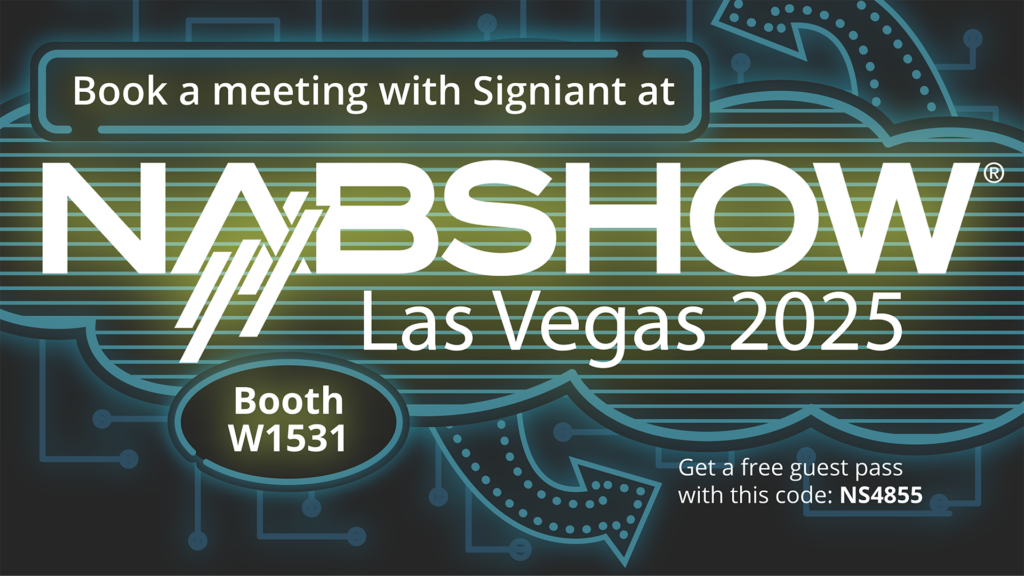Is shadow IT good for most enterprises?
We’ve written before about the trend called “the consumerization of IT” or shadow IT, which is the common practice of employees going outside of IT sanctioned technologies to get their jobs done. So our interest was piqued when we came across a recent Netscope Cloud Report that found an average of 461 cloud applications running in most enterprise companies — that’s almost ten times more than IT had estimated.
It sounds scary. But, in the long run, businesses can reach a higher plane of efficiency as a result of employees going rouge against heavily IT centric systems. However, getting there requires responding to some difficult conversations.
Sometimes out of necessity, sometimes out of preference, younger generations are quick to utilize new technologies at work, the large majority of which are cloud applications. But it’s not throngs of lone nonconformists making those numbers soar; it’s groups — entire teams — that collectively adopt and use solutions that fit their needs, most often for sharing documents, organizing projects and communicating efficiently.
If you work in a digitally driven industry and you’re under 35, it’s hard to imagine not using these easily available services. And frankly, most people probably don’t consider that there is any risk associated with the practice; they don’t stop to think about passing their choices by IT, and may be shocked and annoyed to one day find themselves targeted in an IT crack down on rouge apps in the enterprise.
As perturbed as both parties may be, the convergence of IT and all those app users has the potential to yield very positive results. It’s an opportunity for IT to educate the heedless masses about very real security concerns, and it also may be the best way to push IT to more openly consider and adopt new technologies that can improve employee efficiency.
At Signiant, we regularly hear concerns from both sides of the open office barrier. Users want something easy to operate and virtually available, something that does not require IT overlords that impede their already stilted workflow. IT needs governance over the technical backend that most users are clueless about: integration with the rest of their infrastructure, bandwidth management, user authentication, control over storage, data confidentiality and other security functions.
Our opinion about the whole thing is shaped from being involved in these conversations. We see shadow IT pushing an edge that not only changes the way enterprises use and manage their software, but changes the way companies like us create software in the first place. For example, it’s encouraged us to develop our hybrid SaaS solutions, Media Shuttle and Flight. All in all, it’s a healthy part of technology innovation and business culture evolution, but the process is inherently risky so it’s best to move it along as quickly as possible.
—
If you’re interested in a file sharing solution that will satisfy both users and IT, check out our hybrid SaaS accelerated large file sharing software, Media Shuttle.


